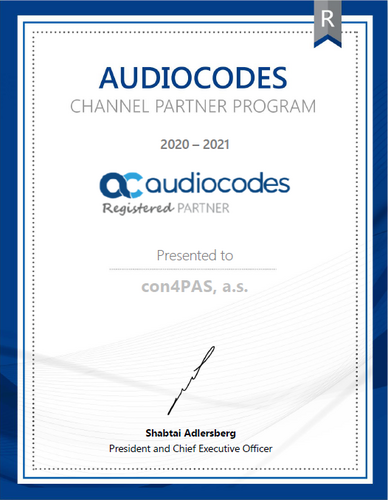
December 20, 2017 SAP released new version of SAP Contact Center, Feature Pack 12 (FP12), which is based on one-month older cloud version (1711).
The new version, as usual, brings compatibility with newer versions of the operating system and databases (MS Windows Server and MS SQL version 2014 and 2016), and includes bug fixes from previous versions. FP12 also brings functionality, such as integration with Facebook, Messenger or SMS conversation (via Twilio or SAP SMS 365).
However, it brings a major change in GDPR* - enhancement of the Authorization Concept for Data Privacy Office (DPO) authorization or report for the selection and anonymisation of caller personal data. Last but not least, the extension of the IVR (Interactive Voice Navigation) functionality, where you can turn on the embedded recording authorization function.
Given that the GDPR will be in force as of 25 May 2018 as an EU regulation, all SAP CCtr users should include the upgrade to this version in their GDPR projects.
2556981 – SAP Contact Center 7.0 FP12 Feature Package Release - OSS note with all available information (S-user needed).
Web form
Read more about the solutions in Customer Management line of business and their respective success stories.
SAP C4C SAP CRM SAP CCtr
 The General Data Protection Regulation (GDPR) is a regulation by which the European Parliament, the Council of the European Union and the European Commission intend to strengthen and unify data protection for all individuals within the European Union (EU). It also addresses the export of personal data outside the EU.
The General Data Protection Regulation (GDPR) is a regulation by which the European Parliament, the Council of the European Union and the European Commission intend to strengthen and unify data protection for all individuals within the European Union (EU). It also addresses the export of personal data outside the EU.
The GDPR aims primarily to give control back to citizens and residents over their personal data and to simplify the regulatory environment for international business by unifying the regulation within the EU.
The regulation was adopted on 27 April 2016. It becomes enforceable from 25 May 2018 after a two-year transition period and, unlike a directive, it does not require national governments to pass any enabling legislation, and is thus directly binding and applicable.


